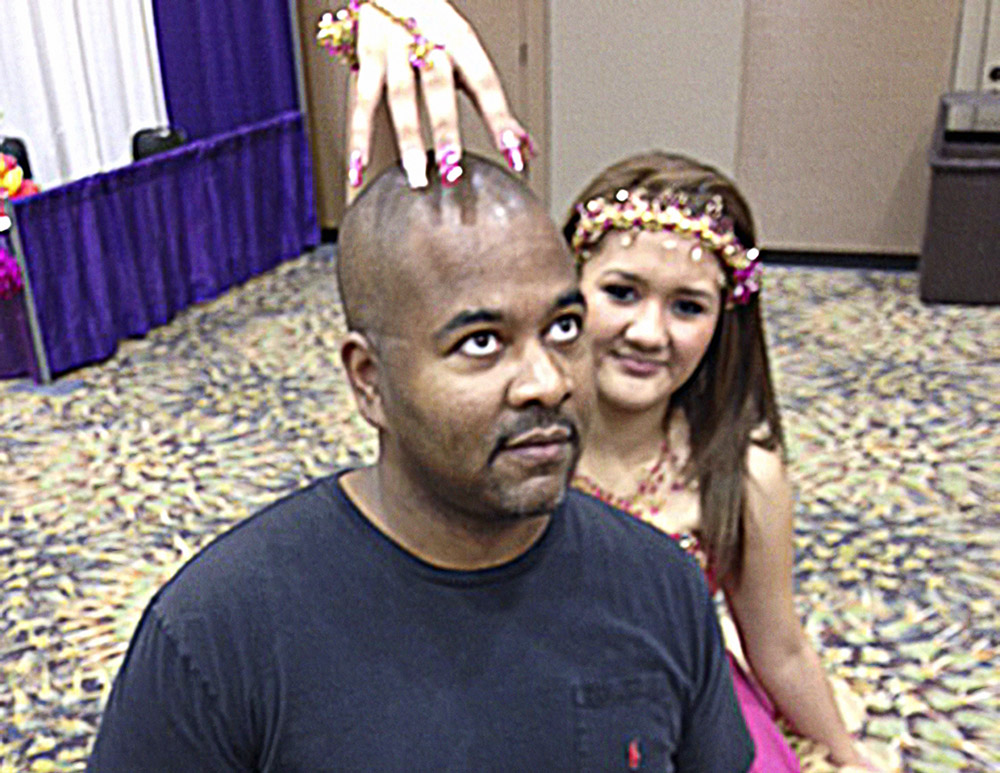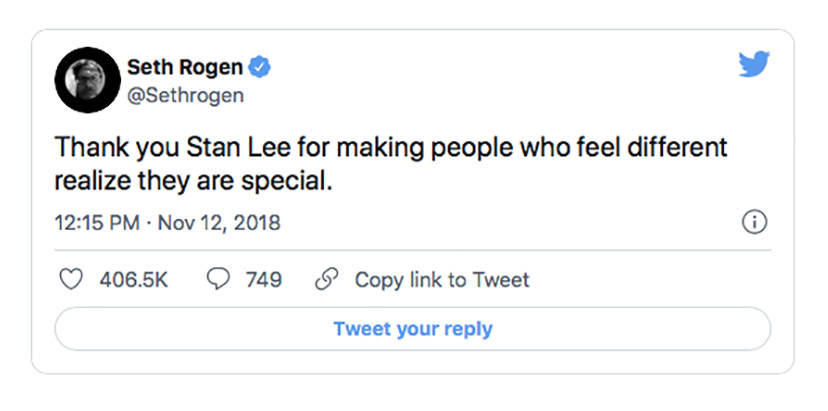
When I first wanted to get my copywriting biz off the ground I was stalled.
I thought it was…
Time.
The market.
Money.
What really slowed me down was my crappy beliefs. I thought I couldn’t ‘start’ until I did something BIG and original.
I’m not talking about a unique mechanism or niching down. I wanted something fancy like a proprietary system that could knock your socks off. Something no other copywriter was doing.
And then I started thinking about Walt Disney…
In 1937 Walt Disney released the animated film Snow White and the Seven Dwarfs and Disney crushed it. The success of Snow White literally saved Walt Disney from going belly up.
Was Snow White some original idea Walt had stewing in his mind for years? No, Snow White is a Brothers Grimm story. He took the idea from the them.
And movies like Cinderella.
The Little Mermaid.
Tangled.
They are all based on existing stories. Disney just took the stories and made them their own.
The same is true for some of the marketing peeps that I like.
Dan Kennedy has tons of ‘original material’ but he credits much of his success to people like Claude Hopkins, Robert Collier.
Perry Marshall is another fav. What is he known for?
The 80/20 principle (amongst other things). Also known as the Pareto Principle. And the kicker is Pareto’s work didn’t blow his mind, Richard Koch’s book did.
Perry took one little part of the 80/20 principle and magnified it!
When you approach any marketing you gotta do this week, don’t make the mistake I did. Don’t spend your energy swinging for the fences trying to hit creative home runs.
Think about the little things that you can make bigger, expound on, and highlight.
Maybe it’s IN your industry.
Maybe it’s OUT of your industry.
Just find something small, make it bigger, and tell somebody about it.
Adam



